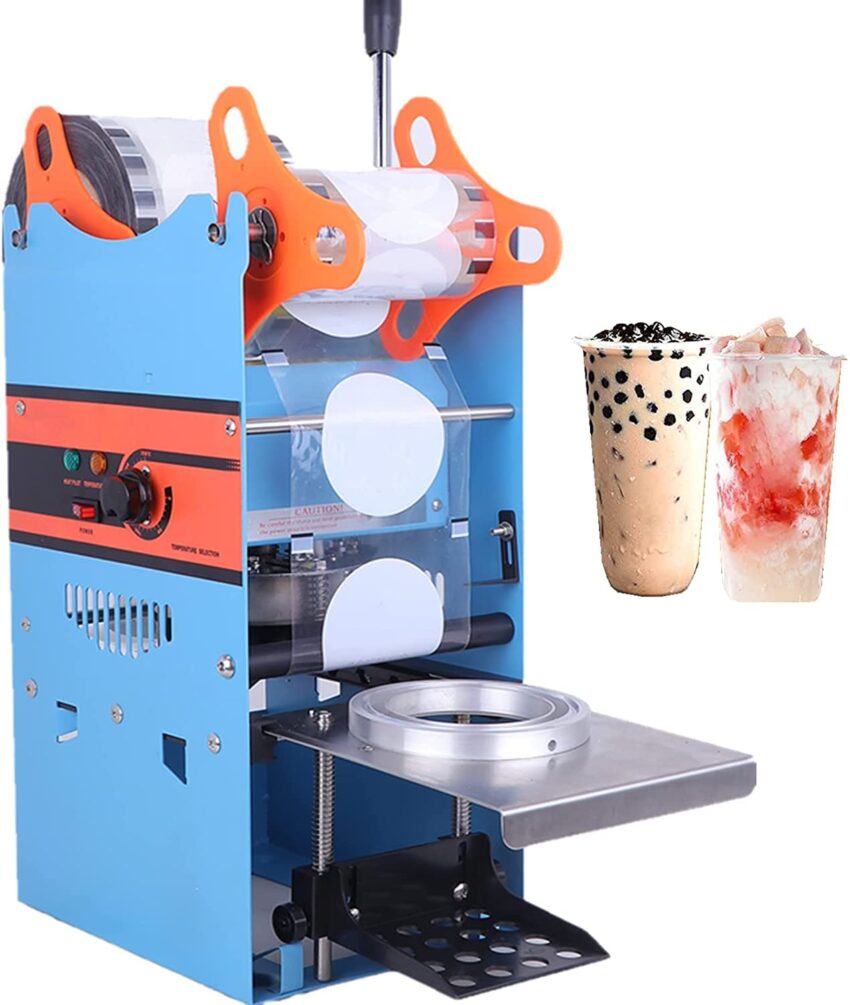Introduction
Cup wrapping machines have come a long way in revolutionizing the packaging industry. From manual methods to fully automated systems, these machines have significantly improved efficiency and product presentation. In this article, we will explore the evolution of cup wrapping machine, from their humble beginnings to the advanced technologies used today.
The Early Days of Cup Wrapping
In the early 20th century, cup wrapping was a labor-intensive process. Workers would manually wrap cups and containers, often using paper or cellophane. This method was time-consuming, inconsistent, and not suitable for large-scale production. As the demand for packaged goods increased, the need for a more efficient solution became apparent.
The Advent of Semi-Automatic Cup Wrapping
The 1950s marked a significant turning point with the introduction of semi-automatic cup wrapping machines. These machines were designed to wrap cups and containers more efficiently, reducing the need for manual labor. They utilized mechanical processes to fold and seal the wrapping material around the cups. While these machines improved production speed, they still required a degree of manual intervention.
The Rise of Fully Automatic Cup Wrapping Machines
In the 1980s, the packaging industry witnessed a major advancement with the introduction of fully automatic cup wrapping machines. These machines were equipped with advanced technology, such as sensors and servo motors, allowing for precise and consistent wrapping of cups. They could handle a wide range of cup sizes and materials, making them suitable for a variety of industries, including food, beverage, and pharmaceuticals.
Key Features of Modern Cup Wrapping Machines
Today, modern cup wrapping machines offer a wide range of features and benefits. These machines are designed to meet the specific needs of businesses, with options for customization. Some of the key features of these machines include:
Versatility: Modern cup wrapping machines can handle cups of various shapes, sizes, and materials, including paper, plastic, and foam.
Speed and Efficiency: These machines are incredibly fast and can wrap hundreds of cups per minute, significantly increasing production rates.
Precision: Advanced technology and servo-driven systems ensure precise wrapping, reducing material wastage and enhancing the overall appearance of the packaged products.
Hygiene and Safety: Many machines are designed with hygiene in mind, featuring easy-to-clean surfaces and compliant materials for the food and pharmaceutical industries. Safety features like automatic shut-off systems also protect operators.
Sustainability: Some cup wrapping machines are eco-friendly, offering options for recyclable and biodegradable wrapping materials, helping businesses reduce their environmental footprint.
Applications of Cup Wrapping Machines
Cup wrapping machines have found applications in a wide range of industries, including:
Food and Beverage: These machines are commonly used to wrap containers for yogurt, ice cream, and various dairy products, as well as takeaway cups for coffee and other beverages.
Pharmaceutical: Pharmaceutical companies use cup wrapping machines to ensure the safe and secure packaging of medications and medical devices.
Cosmetics: The cosmetic industry relies on cup wrapping machines to package creams, lotions, and other beauty products.
Consumer Goods: Items like candles, candles, and small home goods can benefit from the professional presentation that cup wrapping provides.
Conclusion
Cup wrapping machines have come a long way from their manual beginnings. The evolution of these machines has transformed the packaging industry, making it more efficient, precise, and versatile. Today’s cup wrapping machine offer a wide range of features to meet the specific needs of businesses in various industries, from food and beverage to pharmaceuticals and cosmetics. As technology continues to advance, we can expect even more innovative developments in the world of cup wrapping machines.


